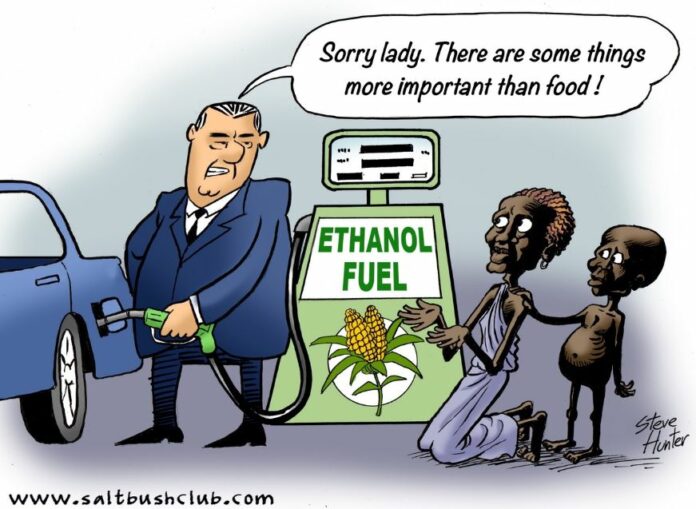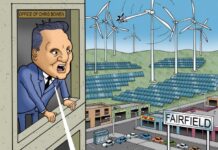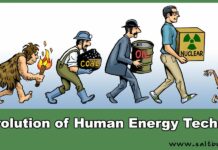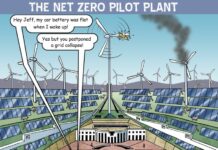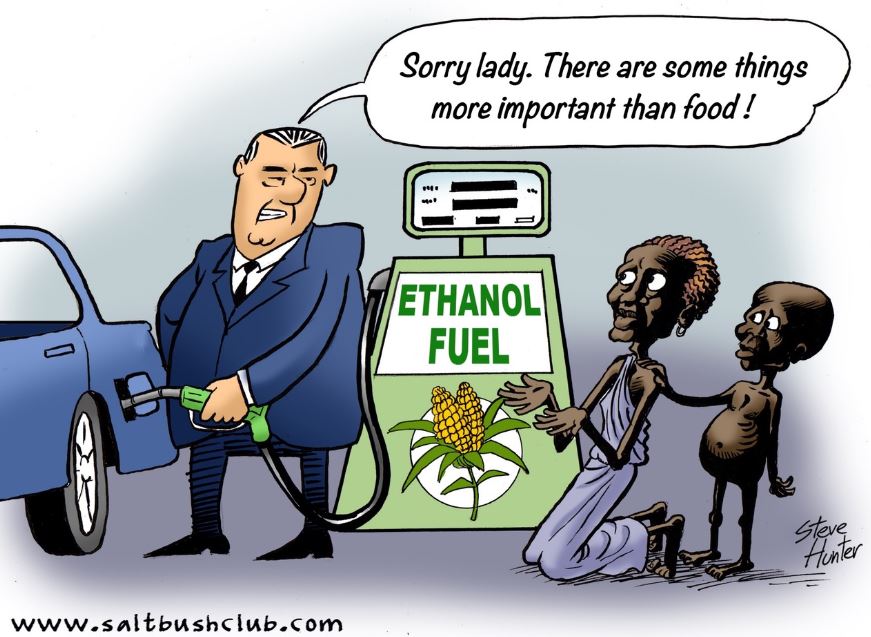 When I was young (many decades ago) we lived on a small family farm at Wheatvale near Warwick on the Darling Downs in Queensland, Australia.
When I was young (many decades ago) we lived on a small family farm at Wheatvale near Warwick on the Darling Downs in Queensland, Australia.
Our lifestyle was close to the organic self-sufficient nirvana that today’s green zealots babble on about – we produced much of what we needed and needed most of what we produced, using mainly solar power plus a bit of hydrocarbon and wind energy.
But life was no picnic.
Our farm supported our family of four, 30 dairy cows, one bull, eight draught horses, two stock horses, a cattle dog, two cats, two ponies, plus a few pigs, calves and chooks and, at times, a returned service Uncle recovering from the malaria he caught during the war in Papua New Guinea. We sometimes had a farm hand – farmers got “trusties” from the Palen Creek Prison Farm. They were a bit like the horses – ate a lot, worked as little as possible and sometimes stole things. So Dad stopped the trusties and all the work fell back on the family.
Foxes killed hens occasionally and crows stole eggs. The farm grew weeds, burrs, native pasture, wheat, oats, sorghum, corn and lucerne. The lucerne was used to make hay which was collected on a wagon, carted to the hay shed and unloaded with pitch forks. Most of the farm produce was used to feed us, plus the horses, cows, pigs and chooks. Horses are not ruminants and do not use hay and grass as efficiently as cattle. We learned the truth of the saying “Eats like a horse”. Our farm produced little surplus for others – we sold milk/cream regularly and occasionally some grain, pigs and calves.
Green energy powered most activities on the farm. Dad and Mum and my big sister milked the cows by hand twice a day, seven days per week and we all cut weeds with hoes, picked corn by hand and used pitch-forks to stack hay. Mum knitted woollen jumpers for winter. There were no old people’s homes – grandparents rotated around their kids’ homes (my mother had eight brothers and sisters).
We had tanks catching rainwater from all roofs, plus a windmill which pumped stock water from a small dam (when the wind blew). Our heavy horses were used to pull a plough, a sundercut, a planter-cultivator, a set of harrows, harvester, mower, hay-rake, wagon, dray and slide. Kids walked to school or rode ponies or bikes. We had an old reaper/binder in the shed and there were still some sulkies being used. There were even some huge wood-burning steam-powered traction engines that drove stationary threshers used to separate grain from chaff.
We had no electricity, no phones and just one battery-powered radio. We listened to Russ Tyson and the news on the ABC after the milking (7am), “Blue Hills” and the Country Hour at lunch time (we called it “dinner”), and a serial story after “tea” at night.
Our emissions from hydro-carbon fuels were very low. We used a bit of kerosene in lamps for the house and lanterns for the dairy, and a few gallons of petrol for the old farm ute which we drove to town every fortnight to buy bread, groceries, boots, work clothes and unmentionables. We used no coal-powered electricity, no phones and had no diesel or petrol-driven machinery such as tractors, trucks, generators, pumps, chain saws or quad bikes.
But we had lots of breathing, belching, farting farm animals eating the crops and emitting large quantities of the “greenhouse gases”, carbon dioxide and methane. However, the climate was much the same as now. We still had destructive weather events – droughts and floods, storms, crop-killing frosts and desiccating heat waves. We hated winter as little vegetation grew, cows were hungry and produced less milk; and there was frost on the grass when we yarded the cows before sunrise.
Most people lived and worked on farms – labour was abundant and cheap, food was expensive, and towns were much smaller. The local town had a bacon factory, a butter factory and a flour mill. Our life was one of continual repetitive manual labour which produced minimal surplus for landless labourers who sometimes struggled to afford food. We had not much money, they had not much food.
This all changed after WW2, when a revolution in food production was triggered by two brilliant Americans: Henry Ford who flooded the world with cars, trucks, utilities and Fordson tractors; and John D Rockefeller whose Standard Oil flooded the world with kerosene, petrol, diesel and lubricants for all those engines.
As a result of this hydrocarbon revolution, most of the hungry horses and farm labourers were made redundant by machines and they suddenly disappeared from the farms. This allowed farms to sell much more surplus food to town dwellers. Moreover, the tireless tractors could work night and day with bigger machinery, allowing more land to be cultivated when the weather and soil conditions were just right. Farm exports grew and the real price of food began a long decline; cities were fed better and urban populations grew.
Today, with bigger machines, more fertiliser and more water our farms produce even more cereals, dairy products, meats and fibres for animals and humans. The yields are also improved by the increased CO2 plant food in the atmosphere.
But now vote-seeking politicians are dictating that more farm produce must be consumed as ethanol by the hungry iron horses of today – millions of cars, trucks, tractors, bikes and stationary engines. In the year 2000, most of the huge US corn crop went into food for people and livestock; but by 2013, 40% of a bigger crop was consumed making biofuel, with questionable savings in emissions once the whole process is considered. In other countries, the ethanol and biofuel madness has seen native forests and food plantations cleared to make space for ethanol crops. Even more land is being sterilised by solar panels, wind turbines, access roads, big batteries and power lines. Today’s hungry green horses gobble far more food than our Clydesdales ever did.
Even here in food-producing Queensland, the party of the workers promotes policies that reduce the supply of food to the tables of the workers to produce more ethanol to burn in cars, bikes, SUV’s, yachts and limos, and even for the “going-green” US Navy when it visits.
This pro-ethanol policy pits plant farmers against animal farmers and green politicians against food consumers. It will ensure that every feedlot, piggery, chicken house and family farm will see a reduced supply of animal feed because grains and sugar cane have been diverted to motor fuel. The “Ethanol Tax” will be paid at meal times where the prices of cereals, milk, cream, sugar, treacle, syrup, pork, bacon, eggs, hamburgers and steak will be higher than they would have been without ethanol coercion.
This ethanol madness threatens to take us back towards those hungry years before the kerosene-powered tractors arrived and draft horses ate half the farm output.
Ethanol political coercion is the problem – it shows there is no real need/demand for it. It is a vote-catching exercise pandering to certain electorates and certain farmers. People who wish to use ethanol-laced fuels on environmental, economic or religious grounds should be free to do so, but with no coercion or subsidies.
The increased use of biofuels has forced global food prices up by 75% – far more than previously estimated – according to a confidential World Bank report obtained by the Guardian:
https://www.theguardian.com/environment/2008/jul/03/biofuels.renewableenergy
US Corn used for ethanol:
https://afdc.energy.gov/data/10339
Europe burns more than 17,000 tonnes of rapeseed and sunflower oil every day and this has resulted in spiralling food price rises:
https://www.greencarcongress.com/2022/06/20220623-te.html
The global demand for biofuels has led to deforestation with the inevitable release of significant amounts of smoke and carbon dioxide. Millions of acres of monoculture plantations are spreading across the globe on land once teeming with bush and wildlife. And not a peep of protest from green zealots.
This is biofuel lunacy. There is no moral, scientific or economic justification to legislate ethanol folly.
The hungry horses are back, but now they live in upper-class stables in the green leafy suburbs. And half the farm is now covered by solar panels and many birds and bats have been sliced by the whirling blades.
Originally published at Richardson Post.

